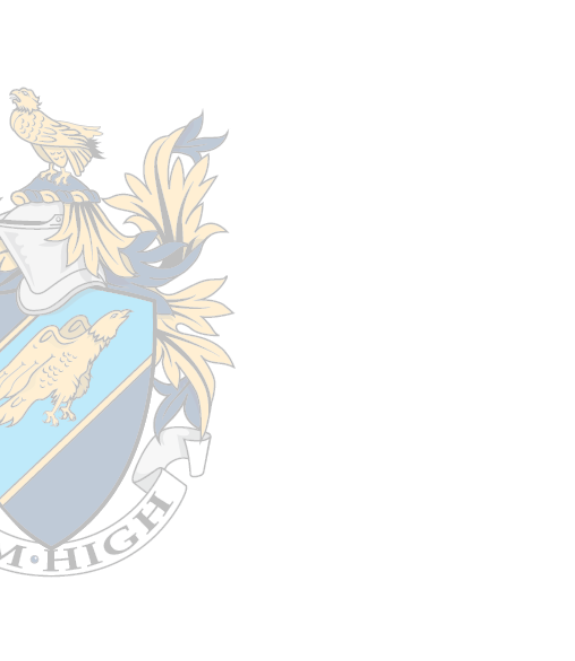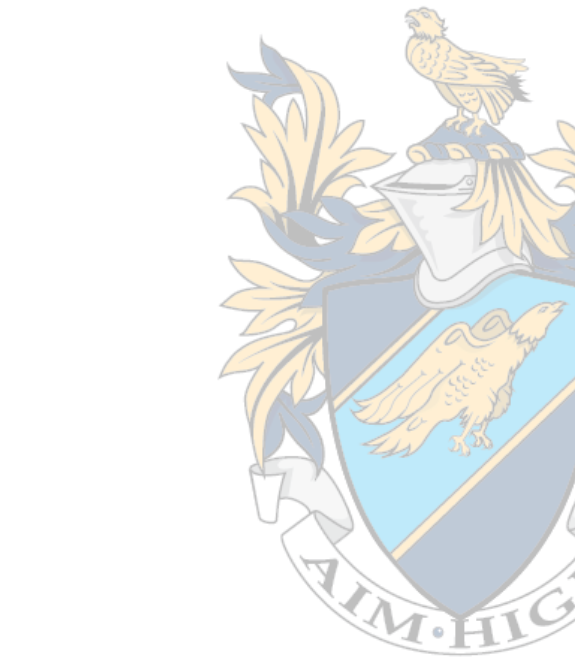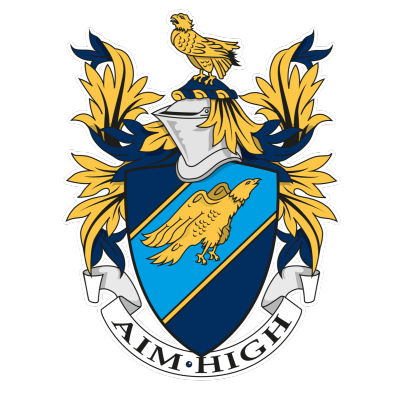Electronics
Curriculum Aims
We aim for everybody to:
- use electronic system design skills to design and simulate electronic solutions to real world problems;
- design circuit boards to accommodate the circuits they design;
- build electronic circuits to a good standard;
- understand and apply both scientific concepts and mathematical principles to explain how circuits work;
- use a variety of both real world and virtual test equipment to test and evaluate circuits/ components.
Curriculum Information
Qualifications
- EDUQAS qualification number 603/0776/6
- Two written exams of 1 ½ hours duration
- Non-Examined Assessment (NEA) from September to December of Year 11
Students will develop the scientific and engineering skills to analyse and design electronic systems for a range of practical situations, and will learn about, and work with, a wide range of digital and analogue electrical and electronic systems. For instance, students will be involved in:
- designing logic circuits to perform a set task;
- testing amplifier circuits for their suitability;
- programming a microcontroller (a computer on a single chip), and wiring the microcontroller into a circuit to control processes in the real world.
Summary of Assessment
Component 1 - Assessed by exam
- Written examination: 1 hour 30 minutes
- 40% of qualification
- 80 marks
This component covers the following topics:
- Electronic systems and sub-systems
- Circuit concepts
- Resistive components in circuits
- Switching circuits
- Applications of diodes
- Combinational logic systems
Component 2 - Assessed by exam
- Written examination: 1 hour 30 minutes
- 40% of qualification
- 80 marks
This component covers the following topics:
- Operational amplifiers
- Timing circuits
- Sequential systems
- Interfacing digital to analogue circuits
- Control circuit
Component 3
- Non-Exam Assessment (NEA)
- 20% of the final mark
- Assessed by an extended system design and realisation task to assess electronics skills
Where can I find more details?
Subject Guide for Parents and Carers





